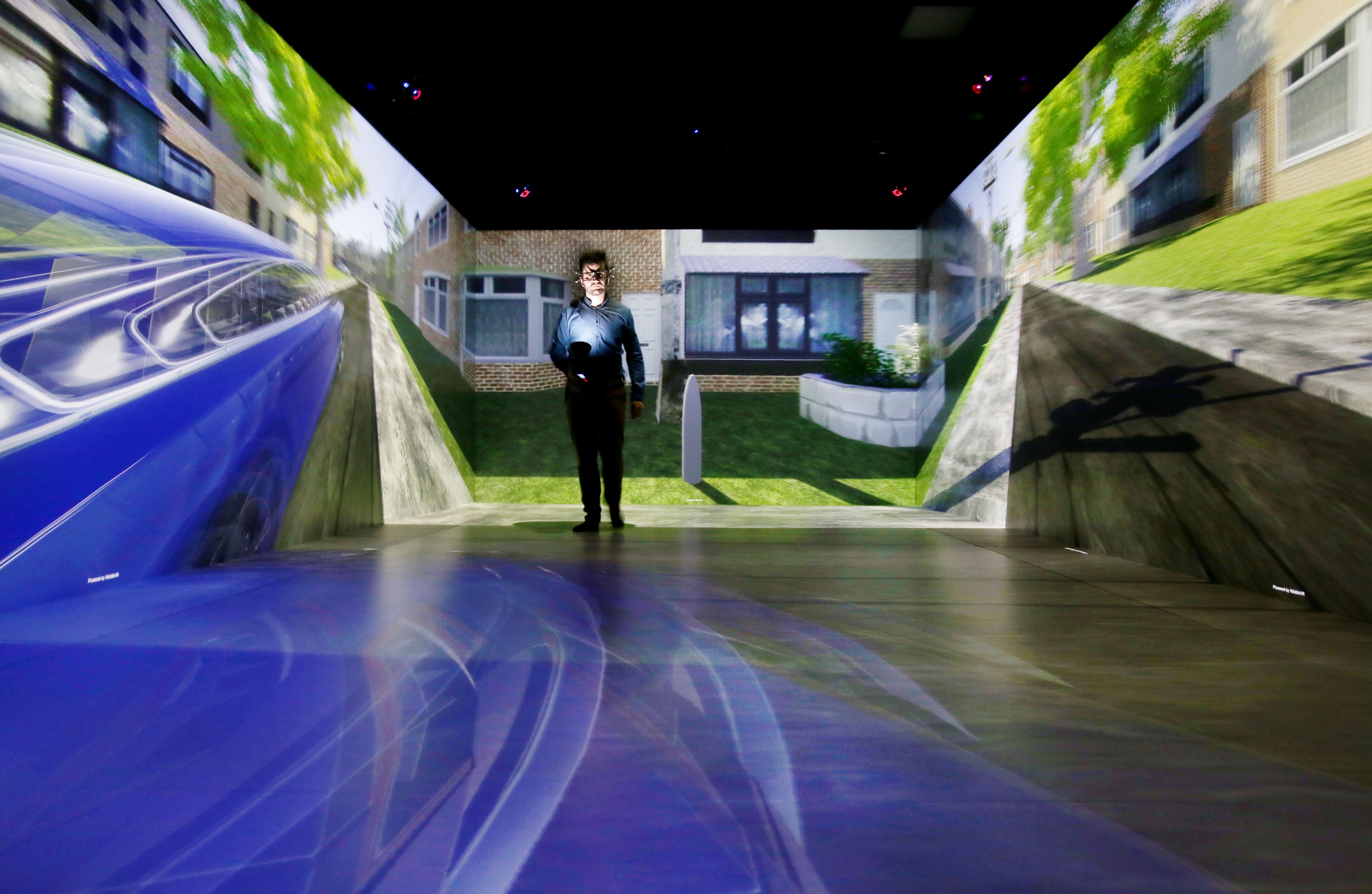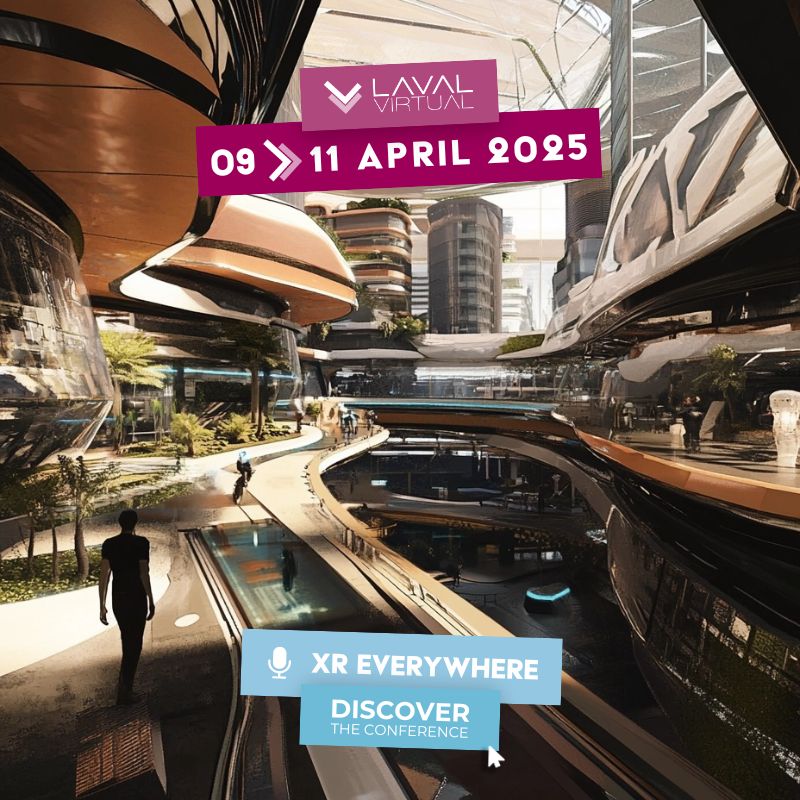
Crédits photos : Leeds University
Design, safety, construction, maintenance… virtual reality is everywhere in the automotive sector. What if we could design the cars of tomorrow with virtual reality? This is the challenge of ST Engineering Antycip. Anaïs Tarbi, Event Coordinator, presents the HIKER project, in collaboration with the University of Leeds in England.
The CAVE, an asset for innovation
A VR CAVE (Cave Automatic Virtual Environment) is a highly immersive virtual reality space. More precisely, a cube-shaped room in which each of the surfaces, the floor, the wall and the ceiling, can be used as a projection screen.
Users usually equip themselves with stereoscopic glasses and interact with visual content via tracking accessories equipped with sensors, to be fully immersed in this virtual environment.
A CAVE can have many applications, especially in the Automotive industry and in Education, but it is also found in Archeology, Architecture, Biology, Meteorology, Medicine and Physics.
VR to optimize tomorrow’s vehicle design
The University of Leeds, in the United Kingdom called upon ST Engineering Antycip for a major experimental research project, unique in its kind: the HIKER project. “We have been involved with Leeds from the start of the HIKER (Highly Immersive Kinematic Experimental Research) project,” says John Mold, Business Development Manager for ST Engineering Antycip.
“The goal was to explore technologies that would allow participants, here pedestrians, to interact with the outside world in a variety of urban environments and vehicles, to improve interactions between pedestrians and autonomous cars.”
The HIKER offers a walking space of 9 m x 4 m. Its size allows the users to move concretely over a long distance and therefore improves the experience as well as the transfer of experimental results to the real world. The screens and laser projectors used are capable of producing images of remarkable quality with intense colors thanks to their 4K resolution. The level of reality in this virtual environment is unprecedented. A level of realism that only HMD (Head Mounted Display) can’t provide. Indeed, their single use could compromise experiments which must capture movements of ultimate precision and in real time (need to perform precise calculations in a fraction of a second).

Innovation for prevention
Safe interaction between pedestrians and autonomous vehicles is a key example of the research contribution of the HIKER lab. Thanks to VR, it is now possible to recreate risky situations under realistic conditions, in a safe environment. By anticipating the risks, it is then possible to really lower the accident rate.
The HIKER laboratory supports experimental research and provides answers to a wide range of questions including Automated Vehicle design and human interaction, warning system design and road crossing and intersection configuration.
As a result, it is possible contribute to the design of sustainable cities which meet the needs of future populations.
Simulation and automotive, a long history
CAVEs are already used in many fields of activity. One of the most important economic sectors in which new technologies play a crucial role is the Automotive sector. CAVEs are thus set up to design vehicles in a high-resolution immersive environment, allowing for a wide range of action, from automobile tests, to driver’s perception and training of employees.
Thanks to this immersive visualisation technology, it is now possible to test concepts without producing a prototype or physical model of a vehicle, thus saving the company time and money.
And tomorrow?
Virtual reality plays and will continue to play a major role in the automotive world. Trying out these new technologies means allowing vehicle users to enjoy safer, greener and more efficient journeys.
Today VR helps to reduce accidents, tomorrow it may be able to completely remove human errors. What we can say for sure is that the prospects are promising for the future of vehicles whose innovative approaches remain game-changing.
In the era of the autonomous car, in this multifaceted ecosystem, cars will communicate to other vehicles, to infrastructures, to pedestrians, to all their surroundings.



